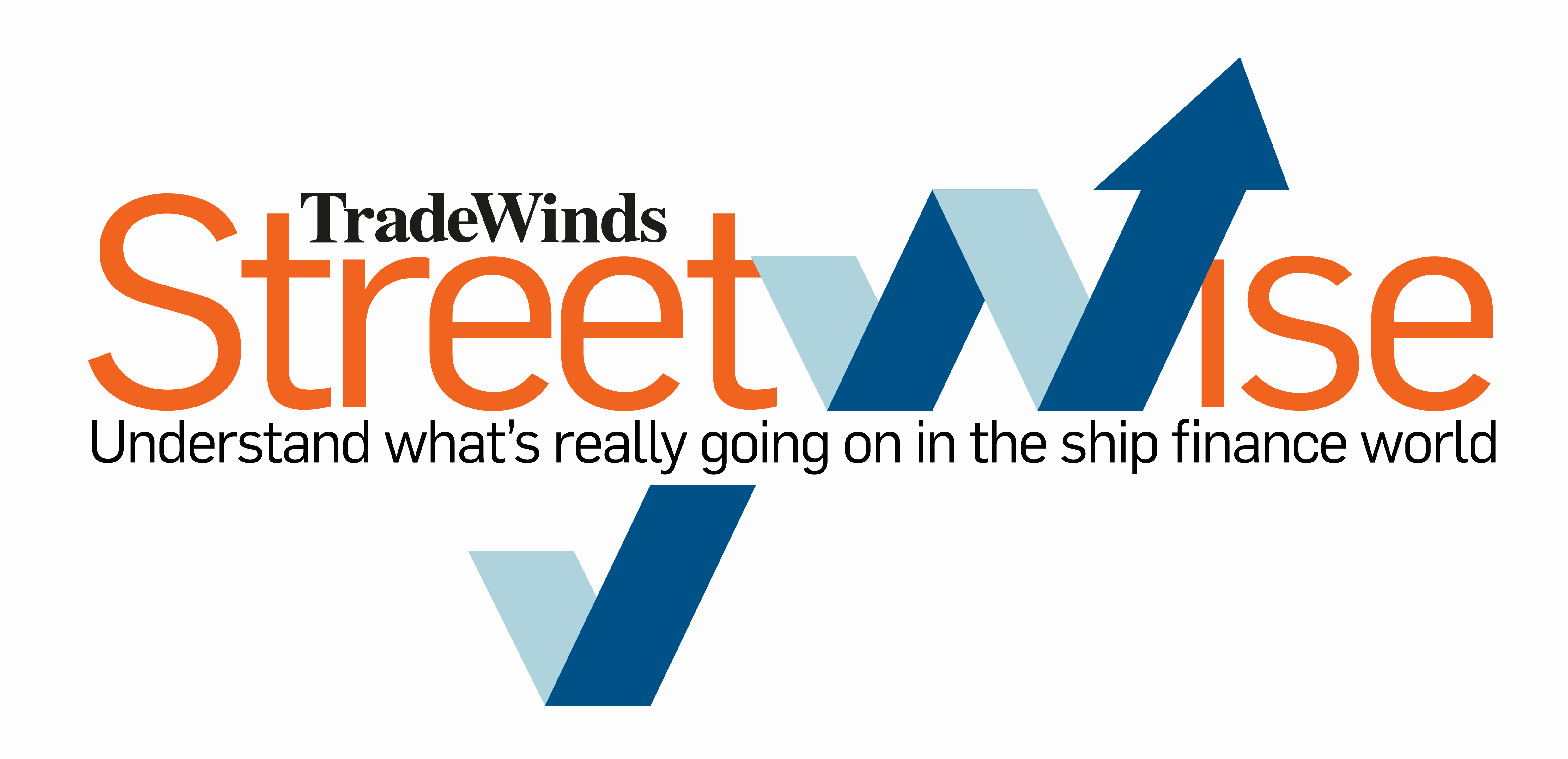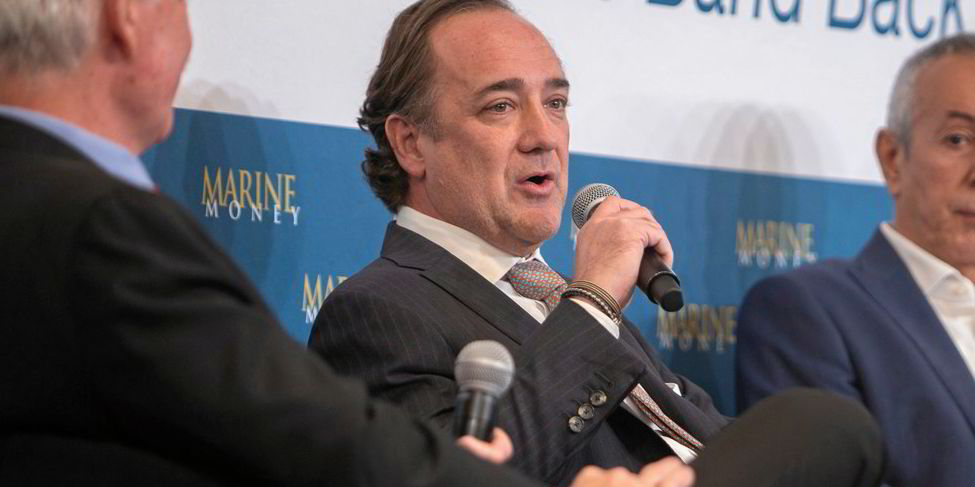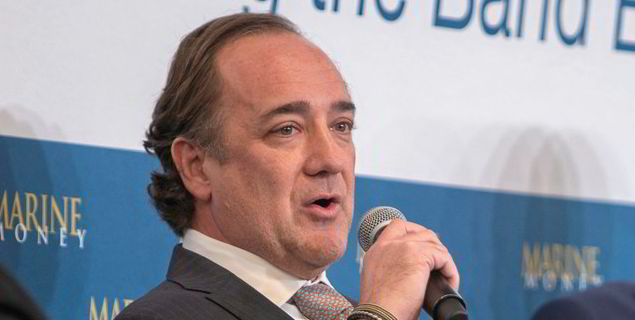New York-listed Genco Shipping & Trading is declining to set a “floor” on the amount of future dividend payouts but expects to keep them as a strong priority.
That was the word on Friday from chief executive John Wobensmith after the owner of dry bulk tonnage had for the second consecutive quarter tapped into a cash reserve to produce a quarterly dividend of $0.15 per share.
Wobensmith was asked by Jefferies analyst Omar Nokta whether given guidance to weaker rates in the current quarter, analysts should expect a third straight “topping off” for the quarterly $10.7m reserve, and whether the $0.15 payment was now effectively a floor.
Wobensmith wasn’t biting on either count.
“We haven’t necessarily discussed a floor,” he said. “We only have a little more than 50% of days fixed for the quarter, so we have a ways to go before we decide what to do on the dividend front. But as we’ve said, the dividend is very important to us and to the shareholders. Our intention is no matter what the market throws at us is to keep the dividend going.”
Under its new allocation policy, Genco would have paid no dividend for the year’s first quarter, but reached into the cash reserve to come up with a $0.15 reward.
A better second quarter for rates meant that the distribution would have been $0.13 under the formula, but it was sweetened to $0.15 with a $830,000 supplement from the reserve.
Genco achieved a fleet-wide time charter equivalent (TCE) of $15,564 for the pat quarter, but has guided to just $12,262 with 61% of the third quarter booked.
This is still above a projected financial breakeven of some $9,700 for the quarter.
Genco operates both capesizes and midsize ultramaxes and supramaxes, which have been hit with particular softness in rates.
Questioned on the trend, Wobensmith said that to some extent it reflects a return to normalcy.

“We’ve gotten so used to the midsize vessels outperforming the capes, which historically is unnatural,” Wobensmith said.
“What we’re seeing now is a more historical market. Capes should be earning more than ultramaxes and suezmaxes because of the cost basis and their larger capacity. Things have gone back to normal. I think the midsize vessels have been hit by the softness in steel production in Europe, lack of commodities going into Europe and somewhat by the unwinding of Black Sea port congestion.
“What they need is for global GDP to start picking up a little more. There’s more correlation with global GDP where the capes are more linked to China. But because of the tightness on the supply said, we really don’t need much.”
Read more
- Streetwise: One year after the salad days, shipping stocks stand at a crossroads in 2023
- Three-peat: Genco Shipping retains ESG crown in Webber Research annual tables
- Genco Shipping’s second quarter turned ‘disappointing’ as analyst cuts numbers
- At a loss? Not Eagle Bulk as Connecticut shipowner surprises Wall Street analysts





